Icons of 20th-Century Japanese Design
'Japanese Design Since 1945' by Naomi Pollock looks back over the inventions that brought Japan fame on the international stage.
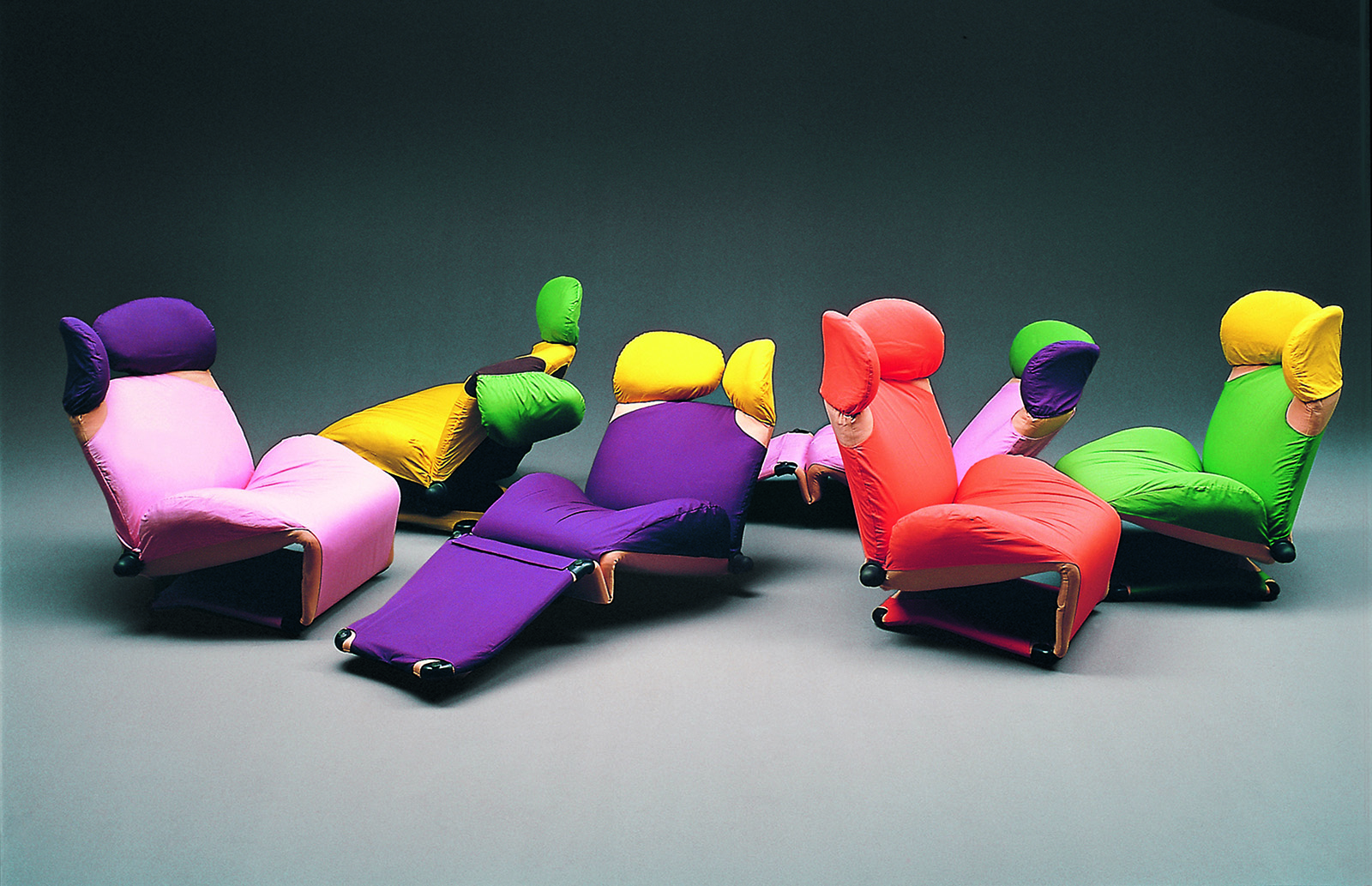
© Éditions de La Martinière
Issey Miyake, Nendo, Sori Yanagi, and Sony: the leading names in Japanese design are known worldwide and cover a broad creative spectrum. In her book Japanese Design Since 1945, Naomi Pollock guides the reader through Japanese design from the end of the Second World War up to the present day.
Thanks to meticulous curation of archives and multiple encounters with designers and experts in the field, Japanese Design Since 1945 compiles over 700 documents, presents over 80 designers, and examines around one hundred iconic objects including Sori Yanagi’s butterfly stool, Tadanori Yokoo’s posters, and Issey Miyake’s subtly pleated garments. The book also cites creations popular with the general public, like the famous Sony Walkman and the Kikkoman soy sauce bottle, the shape of which has remained unchanged since 1961.
Line of succession
Although Japanese Design Since 1945 gives prominence to handicrafts and ancient artisanal techniques, and also emphasises the growing foreign influence on Japanese-made objects as the country opened up to the world, it endeavours not to present Japanese design as something from the past to be viewed through rose-tinted spectacles. Thus, the reader is introduced to new names in design, like Nendo.
Naomi Pollock is an American architect who lives in Tokyo and specialises in Japanese design. She writes for various magazines including Wallpaper* and Architectural Record. She has already released several books on Japanese architecture and design, such as Made in Japan: 100 New Products, Sou Fujimoto, and New Architecture in Japan.
Japanese Design Since 1945: A Complete Sourcebook (2020), a book by Naomi Pollock, is published by Thames and Hudson.
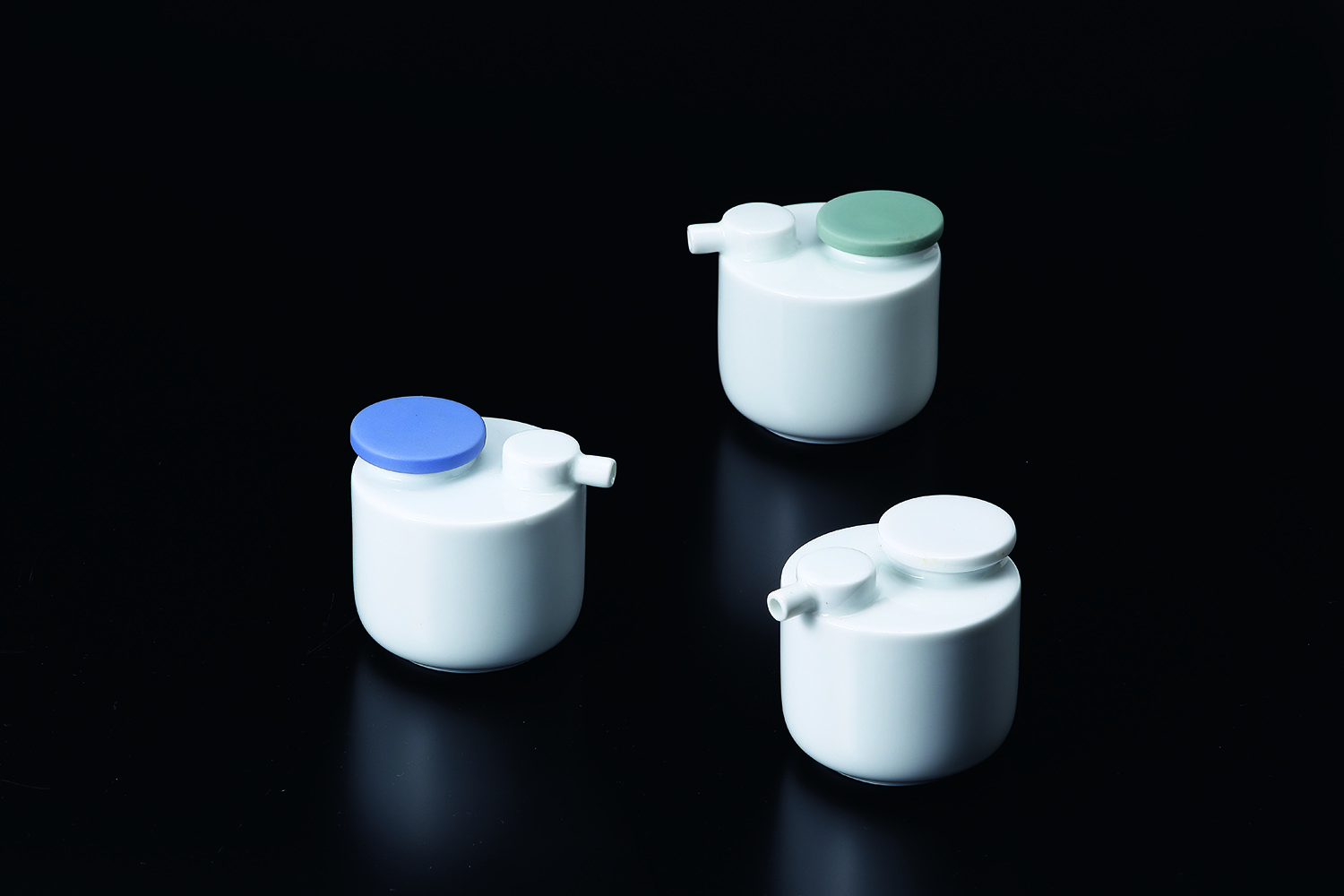
© Éditions de La Martinière
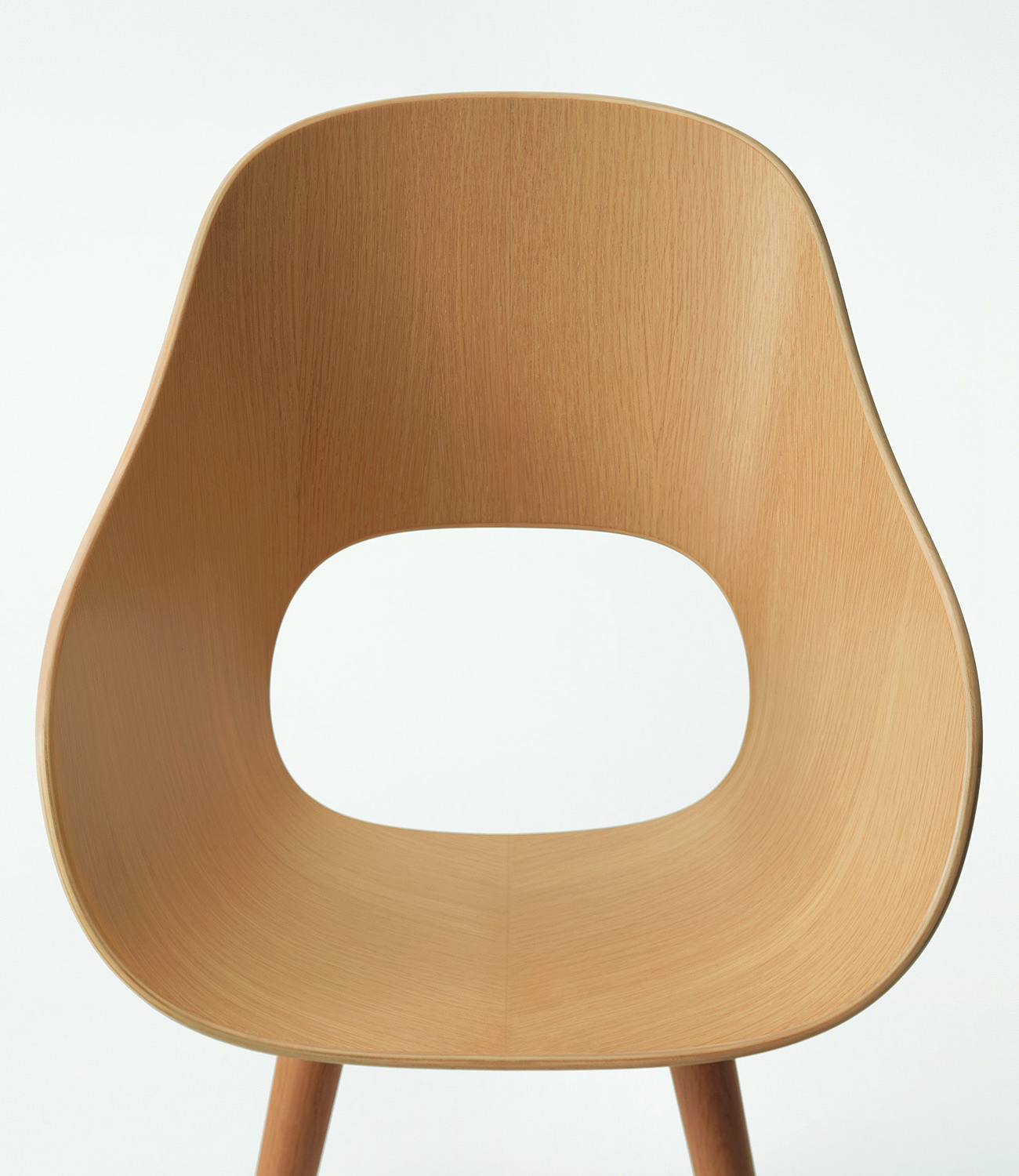
© Éditions de La Martinière
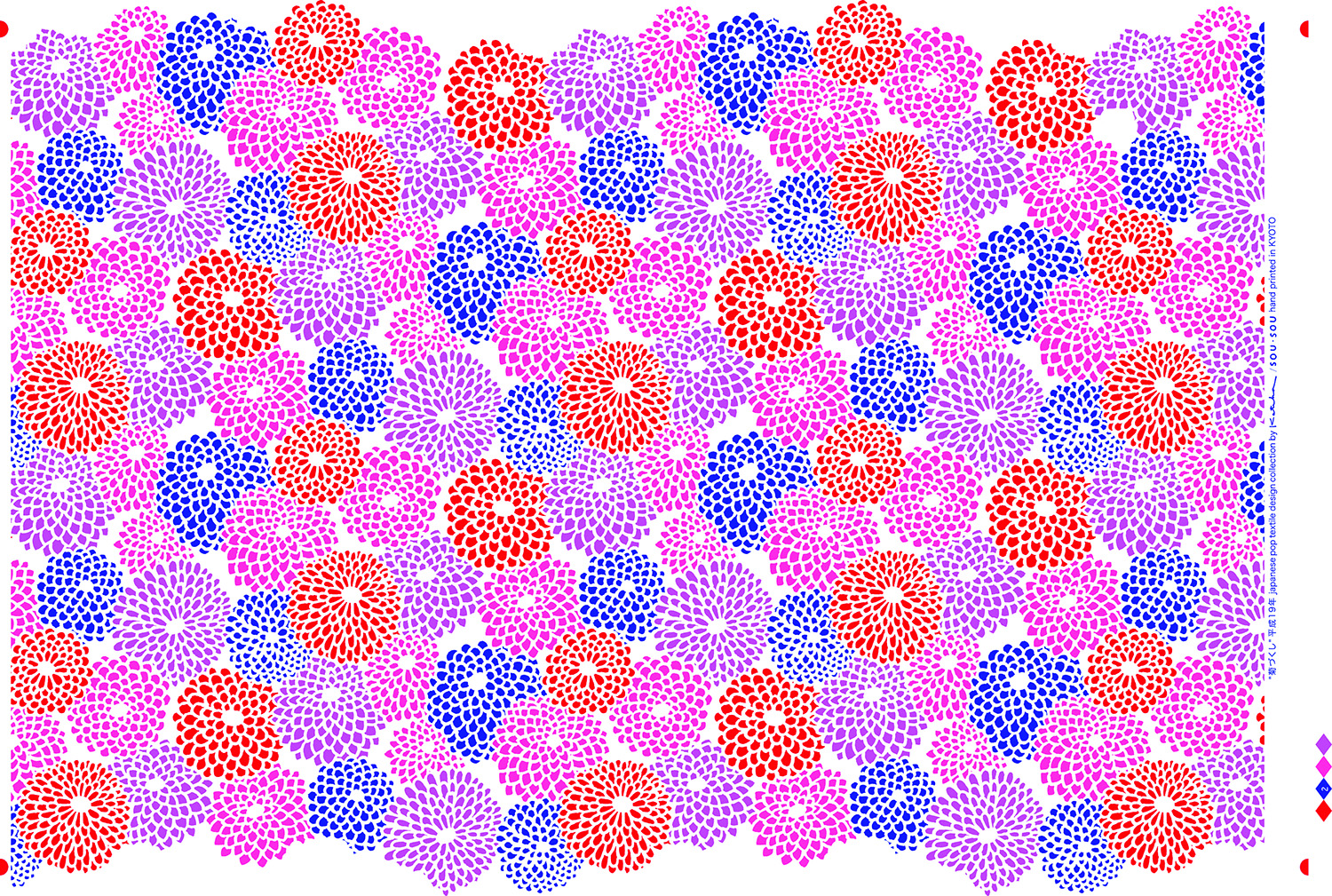
© Éditions de La Martinière
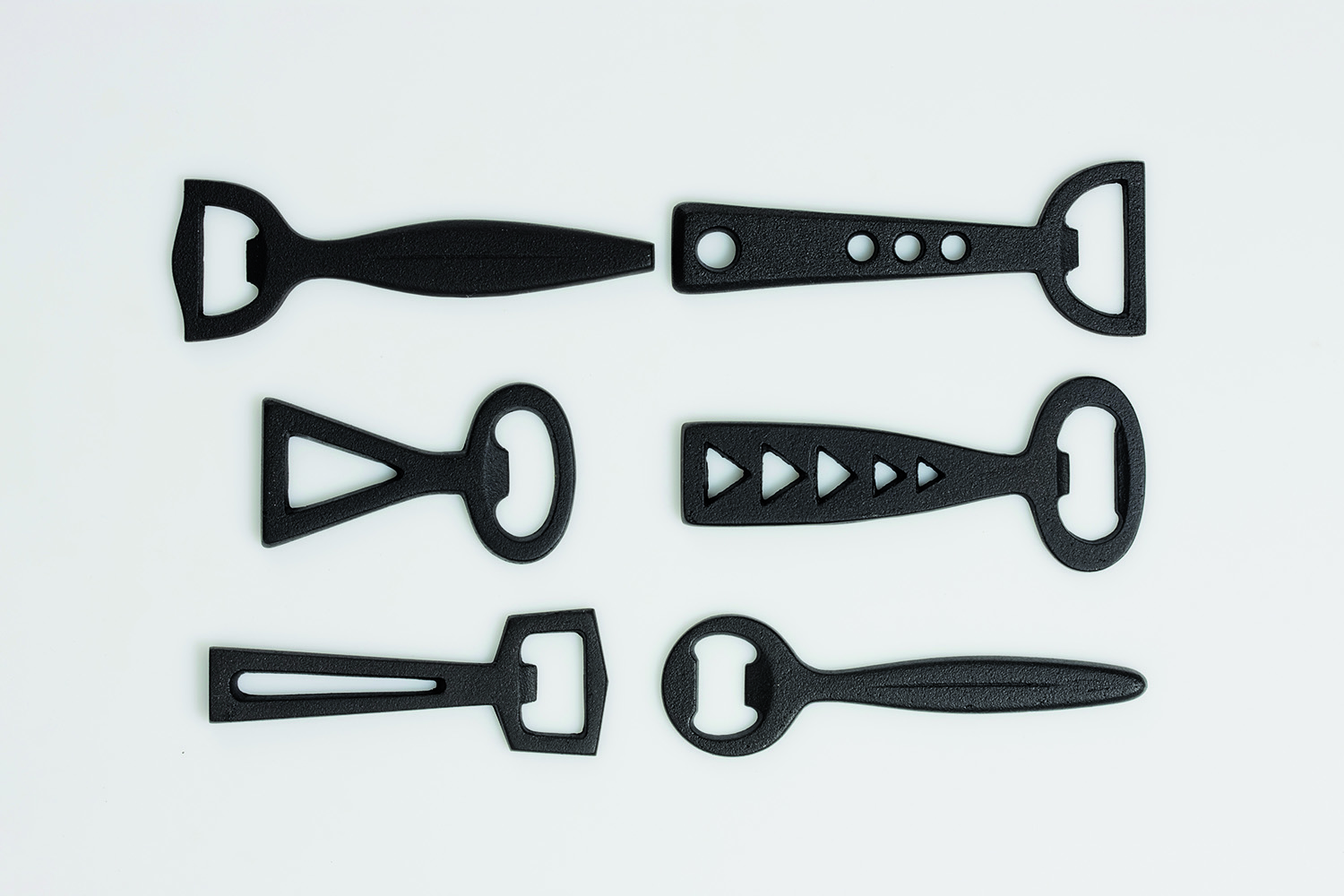
© Éditions de La Martinière
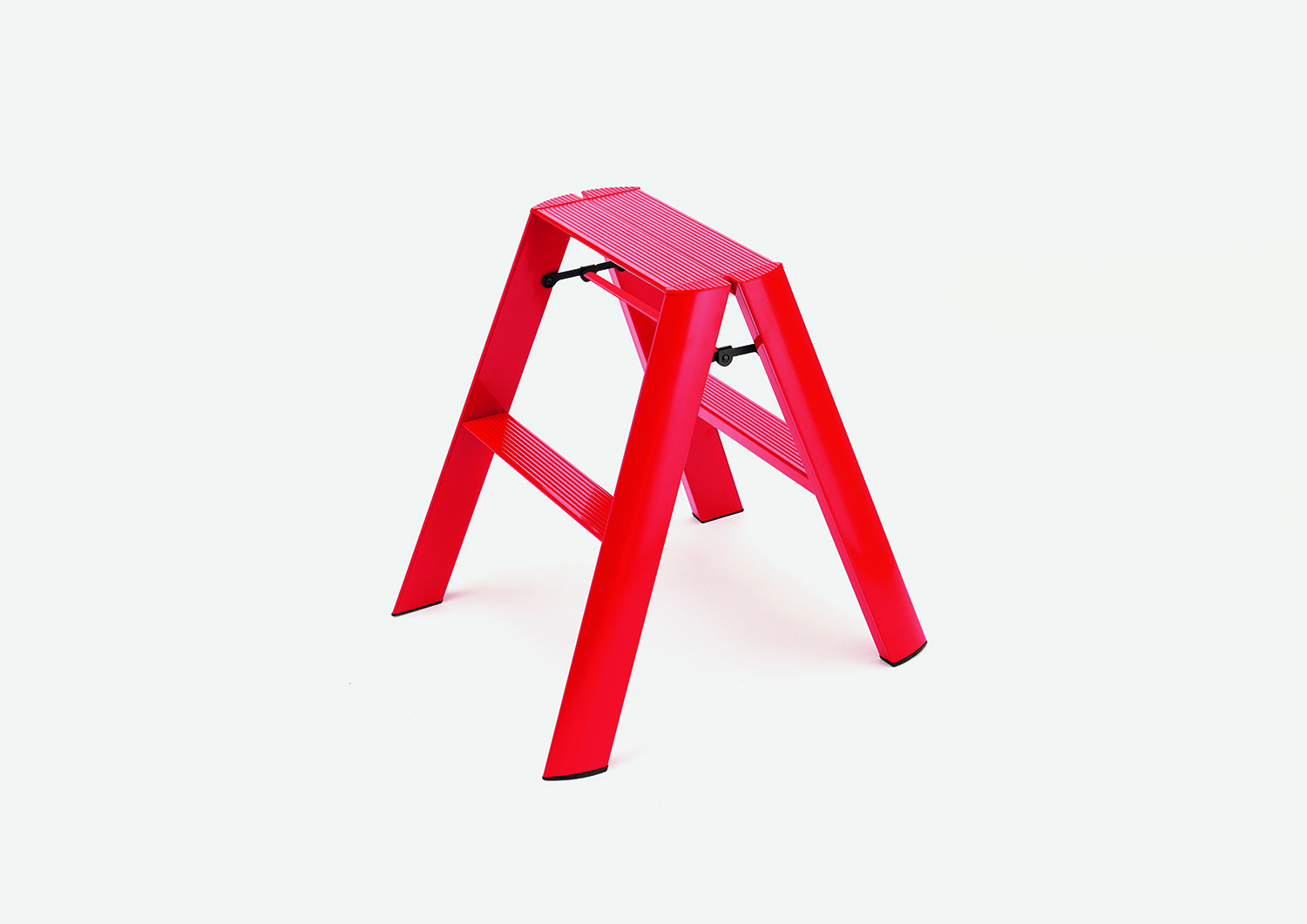
© Éditions de La Martinière
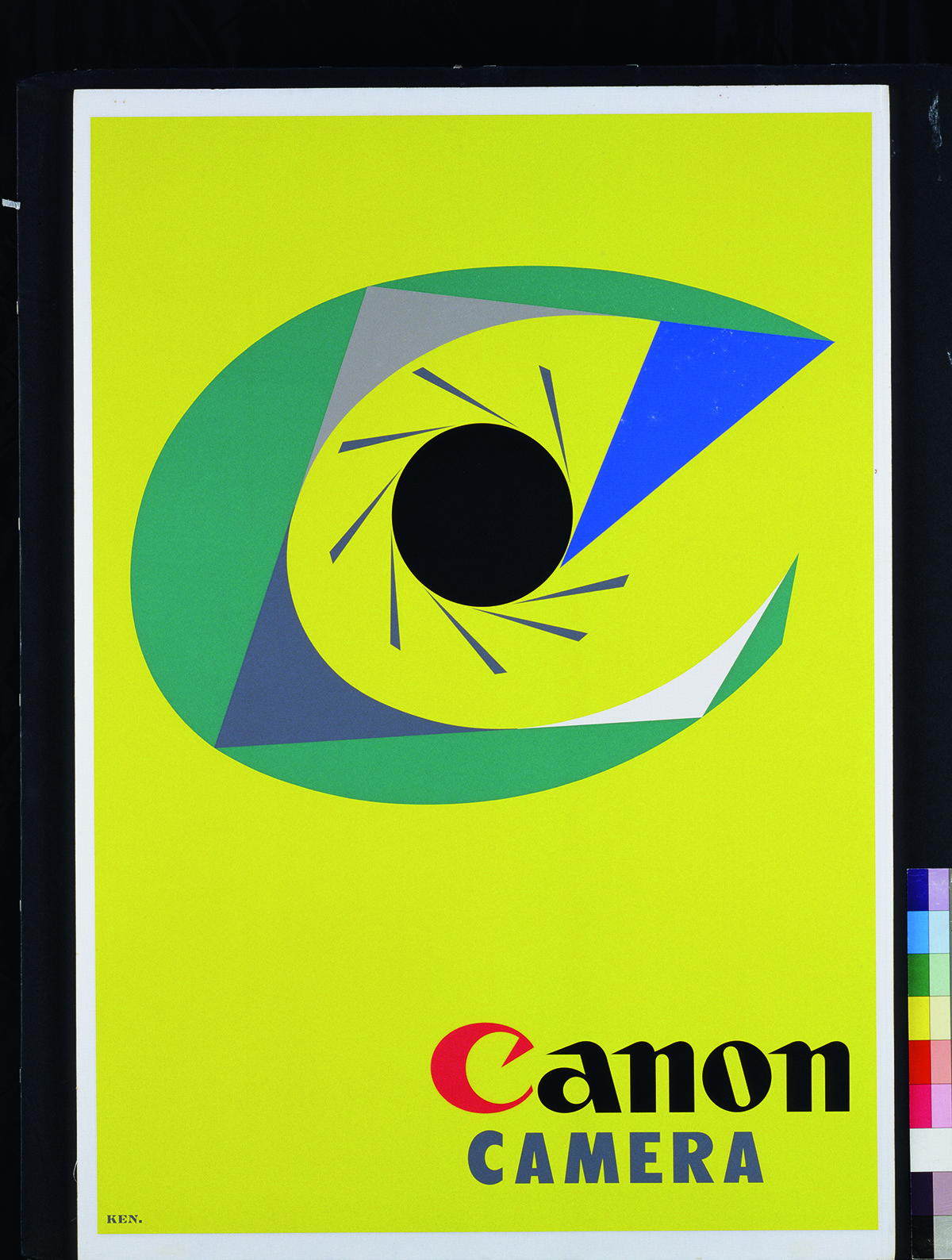
© Éditions de La Martinière
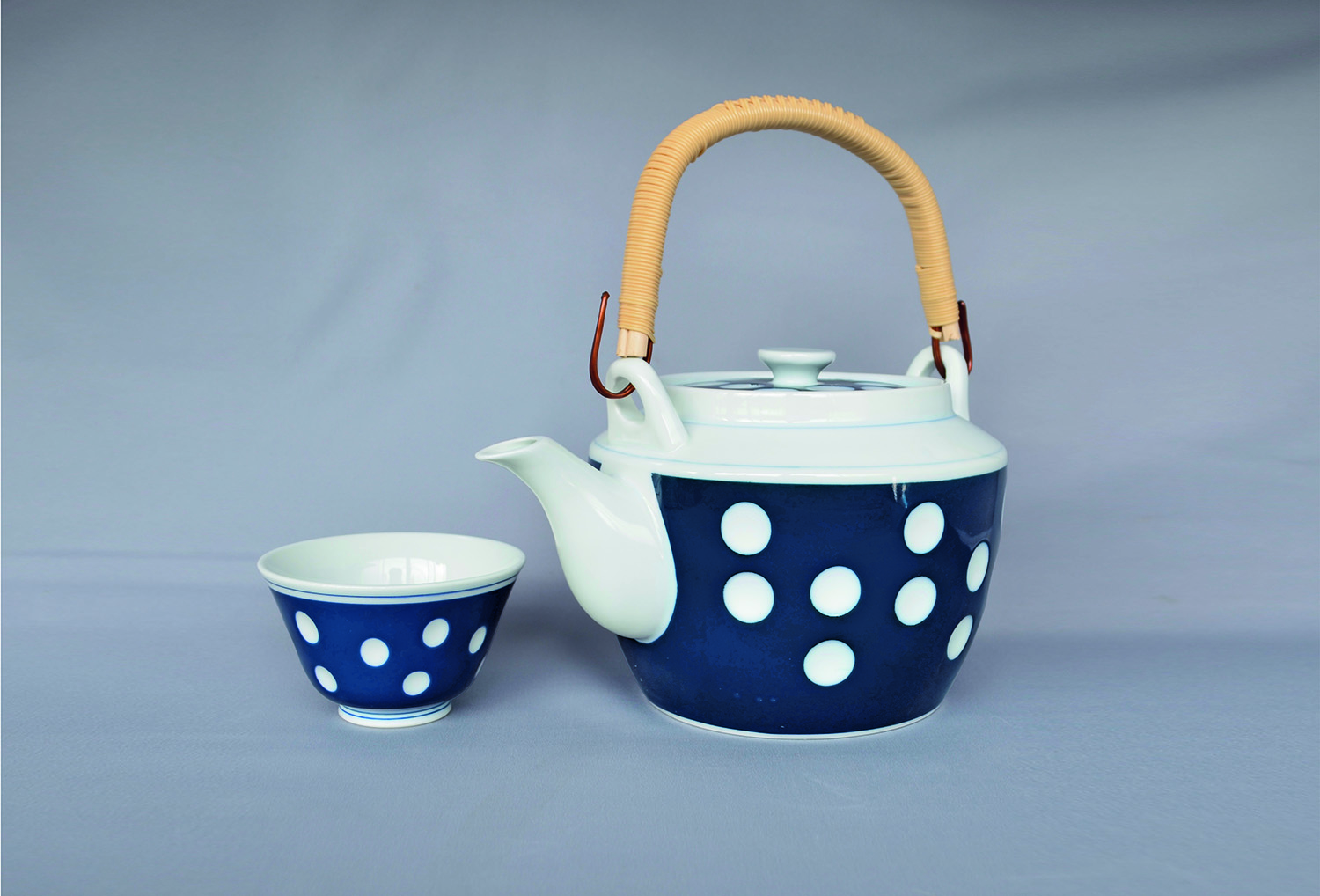
© Éditions de La Martinière
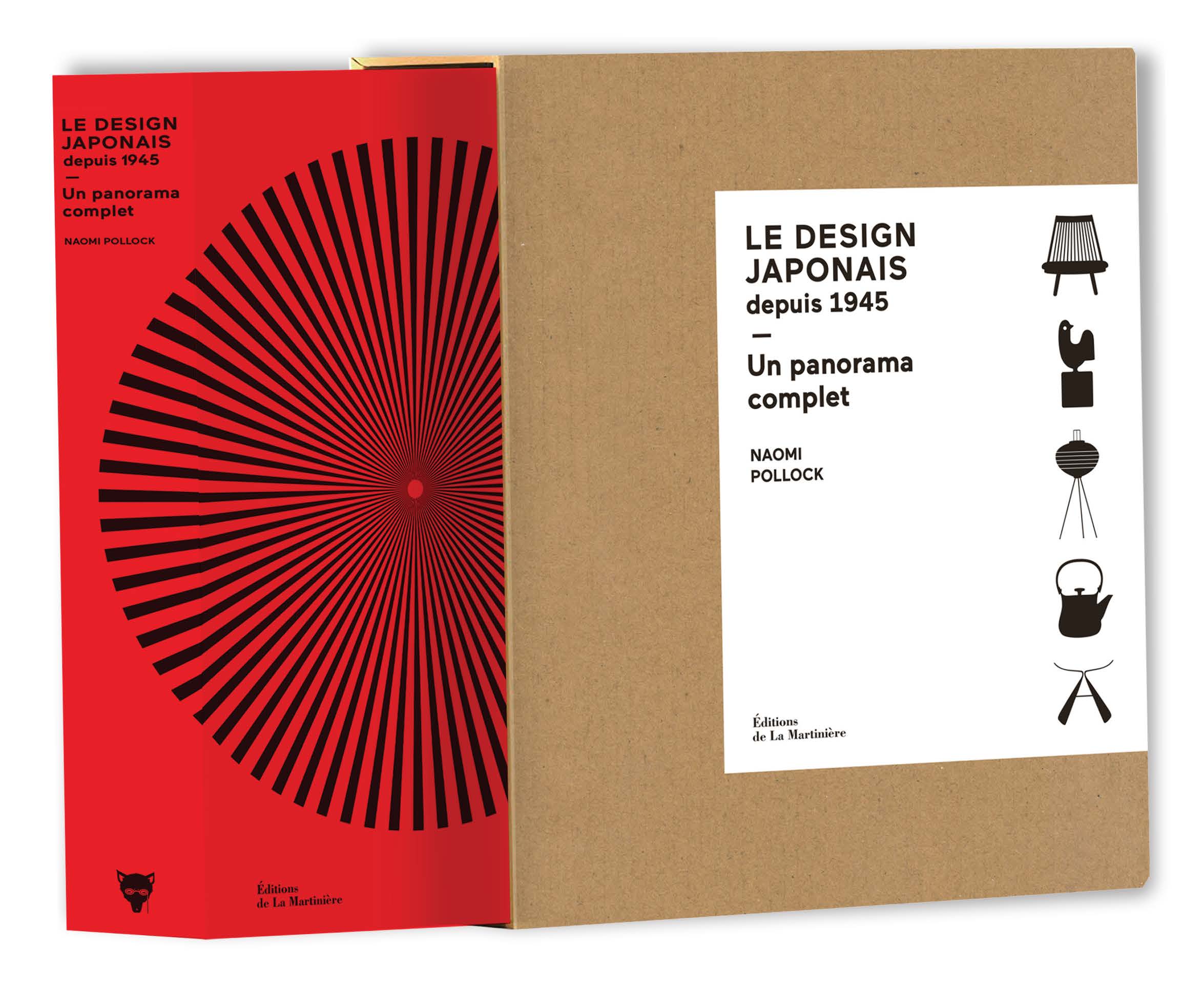
© Éditions de La Martinière
TRENDING
-
The Tattoos that Marked the Criminals of the Edo Period
Traditional tattoos were strong signifiers; murderers had head tattoos, while theft might result in an arm tattoo.

-
Chiharu Shiota, Red Threads of the Soul
Last year, more than 660,000 people visited the retrospective 'Chiharu Shiota: The Soul Trembles' exhibit at the Mori Art Museum.

-
‘Before Doubting Others, Doubt Yourself. Who Can Truly Say a Dish Isn’t What It Used to Be?’
In ‘A Non-Conformist’s Guide to Surviving Society’, author Satoshi Ogawa shares his strategies for navigating everyday life.

-
The Story of Sada Yacco, the Geisha who Bewitched Europe
Described by Dazed magazine as the first beauty influencer, she has been restored to her former glory since 2019.

-
Ito Jakuchu's Naturalist Paintings
From 15 September until 14 October 2018, the Petit Palais showcased the artist's iconic ‘Images of the Colourful Realm of Living Beings’.





